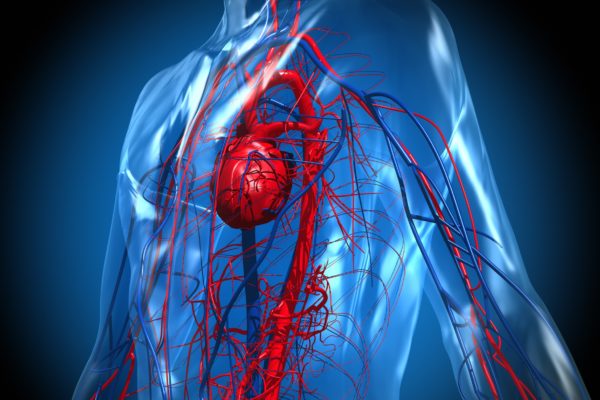
Cancer.gov
Renal pelvis cancer starts in the renal pelvis, in the kidney. It is a malignant tumour, meaning that it can spread, or metastasise, to other parts of the body. The renal pelvis forms part of the urinary system. Urine is made by the kidneys, collected in the renal pelvis and stored in the bladder.
Cells in the renal pelvis sometimes change and no longer grow or behave normally. These changes may lead to benign tumours such as papillomas. Cancer of the renal pelvis is similar to bladder cancer rather than kidney cancer. Originating in the cells that line the inside of the renal pelvis, this type of cancer is called urothelial carcinoma or transitional cell carcinoma. Renal pelvis cancer is classed as a rare cancer type.
Around 15 to 20% of renal pelvis cancer patients also develop bladder cancer. The disease affects men more than it does women, and most patients are between 65 and 85 years old. Patients with a stage I tumour have a 5-year survival rate of 100%, but this number drops off to 37% in stage IV patients.
Renal pelvic tumours do not present a lot of symptoms at the outset of the disease. By the time patients become aware of symptoms, the cancer has often already advanced to a later stage.
Patients often present:
A direct cause for this type of cancer cannot be identified, but certain factors are known to be risk-inducing. These include:
If a GP suspects a patient has a type of renal cancer, they will most likely refer the patient to a urologist for further testing. The urologist will perform blood and urine tests, alongside a CT scan and a cystoscopy, which involves inserting a flexible tube through the urethra to examine the bladder. Follow-up research can include a biopsy, uretero-renoscopy, bone scan, PET-CT scan and an MRI scan. A uretero-renoscopy is similar to a cystoscopy, but goes deeper and examines the kidneys
Classifying renal pelvic cancer happens along the TNM classification system. T stands for the primary tumour, and whether it has spread, N indicates whether nearby lymph nodes have been affected and M determines whether the cancer has spread to other organs.
The progression of the disease goes along four stages.
The differentiation of the tumour is an important factor in establishing a prognosis and treatment. This can be determined on the basis of a biopsy. A biopsy involves the removal of a small bit of tissue that can be examined under a microscope. Differentiation determines the degree of mutation in the cancerous cells.
As soon as the diagnosis is made and the stage of the cancer has been determined, specialists will come up with a treatment plan. In the case of renal pelvic cancer, the options are surgery, laser treatment, radiation therapy and chemotherapy. If the cancer has not spread, surgery is the treatment of choice. If the tumour has metastasised, curing is no longer an option, in which case a palliative care program is put in place. This is meant to lengthen the patient’s life and minimise discomfort by means of radiation and chemotherapy. In an advanced setting, targeted therapy with EGFR, mTOR and kinase inhibitors are treatment options.





